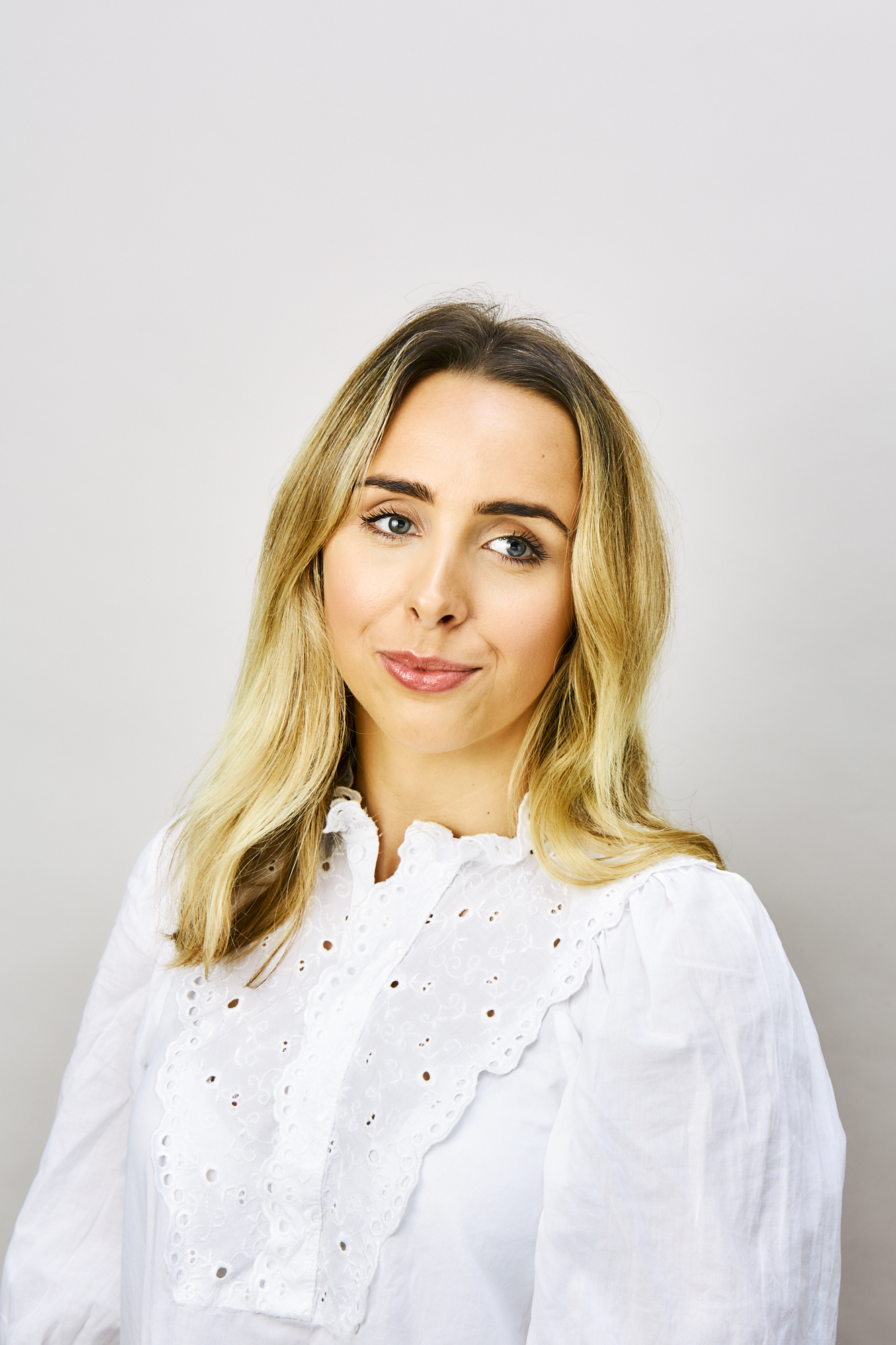Does sunscreen prevent tanning? Experts answer your sun-related questions
We get answers to the age-old question: by protecting your skin, willsunscreen prevent tanning too?
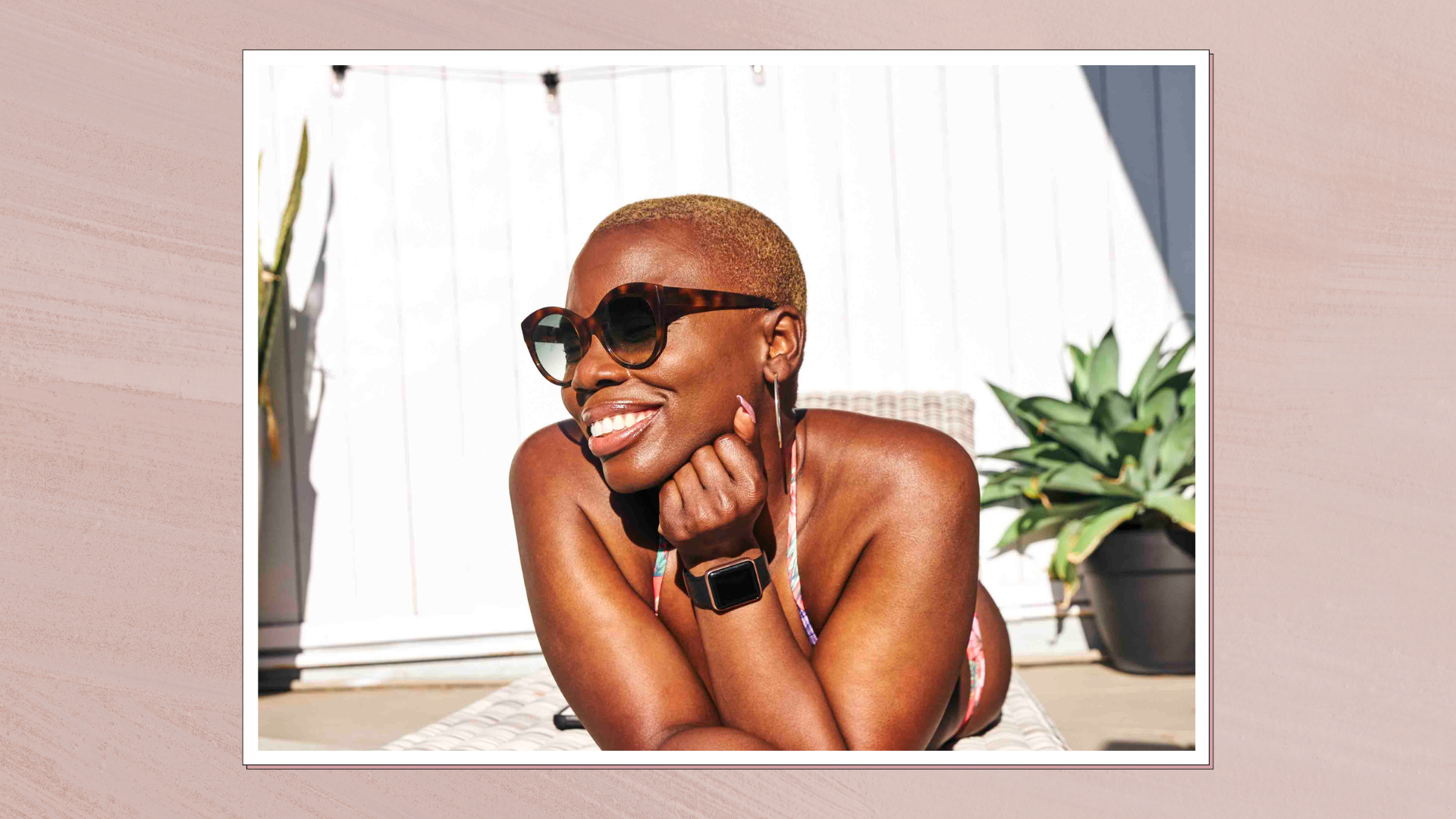

Sunscreen is a non-negotiable skincare step, especially when it's sunny out. But does sunscreen prevent tanning as well as protecting our skin? This question often comes up in the run-up to summer as, while we all know it’s crucial to protect our skin from harmful UV rays, many people also love having sun-kissed skin. But is there such thing as a ‘healthy’ tan?
Ask any dermatologist or doctor about the most important step in a skincare routine is and they’ll likely say sun protection, . “It is essential to wear one of the best facial sunscreens every day, even when it’s cloudy,” confirms Dr Catharine Denning, advanced aesthetic doctor. “This healthy habit will reduce the likelihood of sun damage.” And as we know, sun damage not only increases the risk of skin cancer but also premature skin ageing and pigmentation.
Despite these risks, many of us will admit we still love to catch a tan in the summer or while on holiday. But does sunscreen prevent tanning? And is there a safe way to tan? We quiz the experts to share everything you need to know about sunscreen and tanning in this need-to-know guide.
Does sunscreen prevent tanning? The experts share their thoughts
Can you still get a tan with sunscreen on?
To answer this question, we first need to recap the different types of UV. “The sun's UV rays are predominantly made up of two wavelengths, UVA and UVB,” explains Dr Denning. “UVB is responsible for burning, skin cancer and a small proportion of tanning, while UVA penetrates deeper into the skin to damage DNA that can lead to ageing, some skin cancers, and tanning.” (To remember the main difference, think A for ageing and B for burning.)
Dr Denning continues: “Sun protection factor, AKA SPF, only protects you from UVB rays and not UVA rays, so using a sunscreen with SPF only will not prevent your skin from tanning” – nor will it protect your skin from skin cancer and ageing. “To protect against UVA damage, a broad-spectrum sunscreen is key," Dr Denning concludes.
Given that approximately 95% of the UV radiation that reaches earth is UVA, wearing broad-spectrum sunscreen is really important. What’s more, “In the UK, while UVB levels fluctuate with the seasons, UVA remains relatively static through the year,” says Dr Anjali Mahto, consultant dermatologist and founder of Self London. So, wearing broad-spectrum sunscreen in winter is just as important as it is in summer. “UVA will also penetrate window glass,” Dr Mahto adds, hence why experts recommend wearing some form of sunscreen indoors and while driving.
In short, a broad-spectrum sunscreen does prevent tanning to an extent (though even an SPF 50 will only shield the skin from 98% of UVB radiation when applied properly), but it also provides protection against harmful UVA rays – something that SPF alone does not.
Sign up to our free daily email for the latest royal and entertainment news, interesting opinion, expert advice on styling and beauty trends, and no-nonsense guides to the health and wellness questions you want answered.
How does sunscreen work in the skin?
Sunscreen acts as an invisible shield that either absorbs, reflects or scatters UV rays to protect skin against sun damage. Most modern formulas offer broad-spectrum protection and usually fall into one of two categories: mineral or chemical (though some formulas use a combination of both kinds of filters).
“Mineral sunscreen, otherwise known as a physical sunscreen, contains active ingredients like zinc oxide or titanium dioxide that reflect UV rays away from the skin,” says Dr Mahto. By contrast, chemical sunscreen absorbs these rays, converting them to heat, which is then released through the skin. “Chemical sunscreens need to be applied at least 20 minutes before going outside, while mineral sunscreens work instantly,” Dr Mahto adds.
Both types of sunscreens are effective and choosing the best SPF products for you largely comes down to personal preference. “Those following a skincare routine for sensitive skin may find that mineral sunscreens are better than those with chemical filters,” says Dr Mahto. Meanwhile those who prefer lightweight textures may gravitate towards chemical sunscreens, which can feel easier to rub in.
Either way, the key is to ensure that you’re fully protected—“a rough rule of thumb is a teaspoon per body area, so one teaspoon for your face, head, and neck,” Dr Mahto recommends, as well as knowing how to reapply sunscreen every two hours or after you've swimming or exercising.
Is there a safe way to tan?
The feeling of the sun warming your skin can be difficult to beat, especially when it results in a bronze glow. But, as the experts confirm, there is no such thing as a healthy suntan. In fact, it's your skin's response to damage.
“The skin produces melanin (the skin pigment that we see as a tan) in response to UV damage to the dermis,” explains Dr Denning. This means that any change to your skin colour – be it a tan or redness – is a sign of skin damage. Protecting skin from tanning with a broad-spectrum sunscreen is therefore a must if you want to future-proof your face and body.
As for the feel-good factor of sun exposure, “this is just as much from the warmth of the sun and light levels reaching your eyes,” says Dr Denning, adding that if it’s sun-kissed skin that you’re after, “It is by far safer to use one of the best self tans from a bottle than it is to rely on the sun". If you're a tanning newbie, one of the best gradual tan formulas is a good place to start – as is wising up on how to get fake tan off hands should you forget to wash them post-application.
Our beauty team's top sun-savvy products
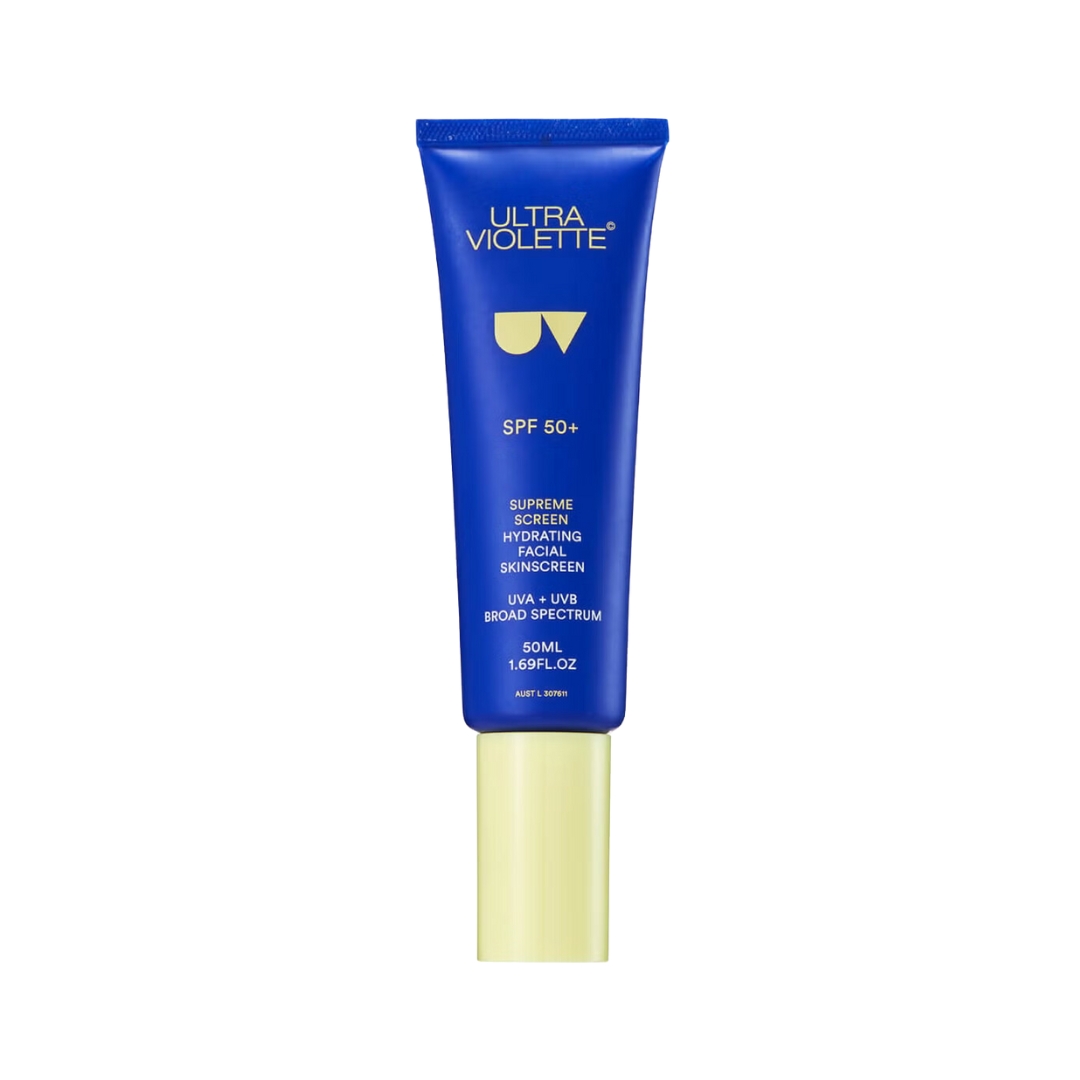
RRP: £34 for 50ml
This lightweight physical sunscreen is loaded with skin-loving ingredients (like antioxidant-rich Kakadu plum) to hydrate and brighten skin while protecting it from harmful UVA and UVB rays. It also sits extremely well under make-up.
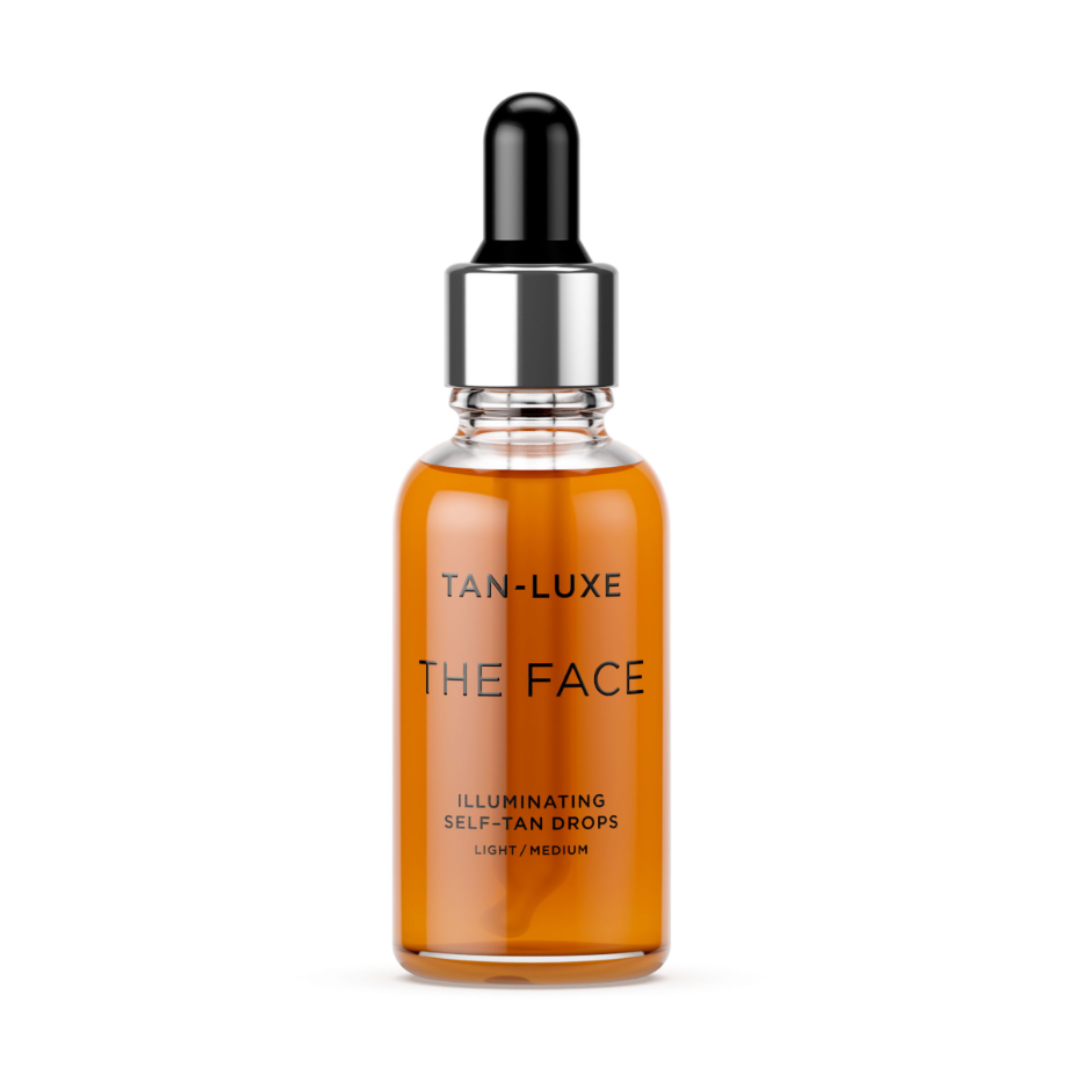
RRP: £36 for 30ml
For a sunless tan that looks believable, combine a few of these Tan-Luxe drops with your go-to moisturiser. The more drops you add, the more intense the bronzing effect will be. Oh, and you can choose between Light/Medium or Medium/Dark to create the best fake tan for face on any skin tone.

RRP: £90 for 30 days' worth
An antioxidant-rich supplement paired with a broad-spectrum sunscreen is your best defense against harmful UV rays. Natural Glow, an all-natural supplement, is a great choice for anyone wondering how to make a tan last longer – supporting the skin's natural tanning process while boosting collagen production.
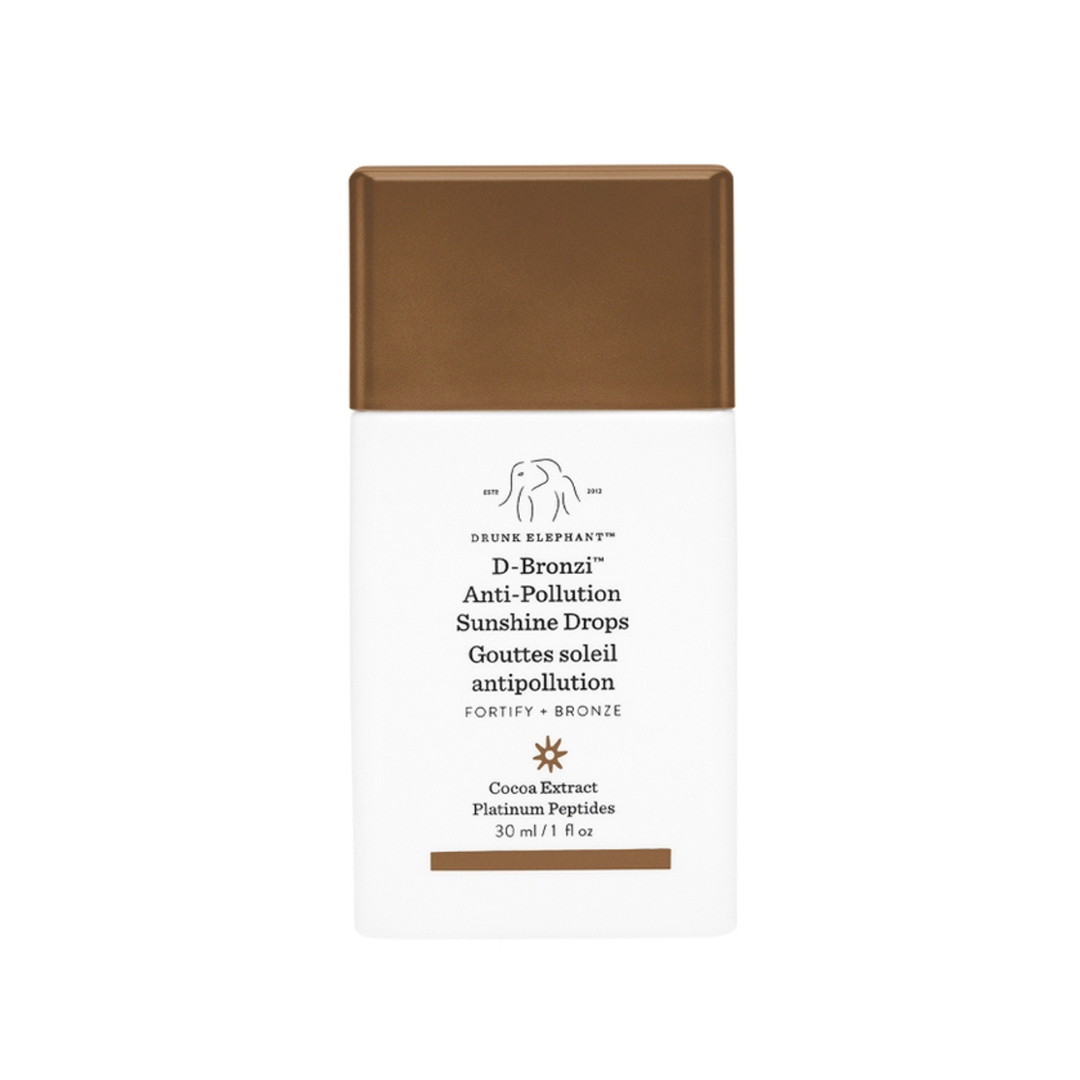
RRP: £35 for 30ml
For a sun-kissed glow without the sun damage turn your face to these Sunshine Drops from Drunk Elephant. The good-to-skin formula boasts chronopeptide (to mimic the antioxidant benefits of vitamin D), virgin marula and blackcurrant seed oils (to replenish skin) and antioxidants (to protect skin against pollution). Tick, tick, tick!
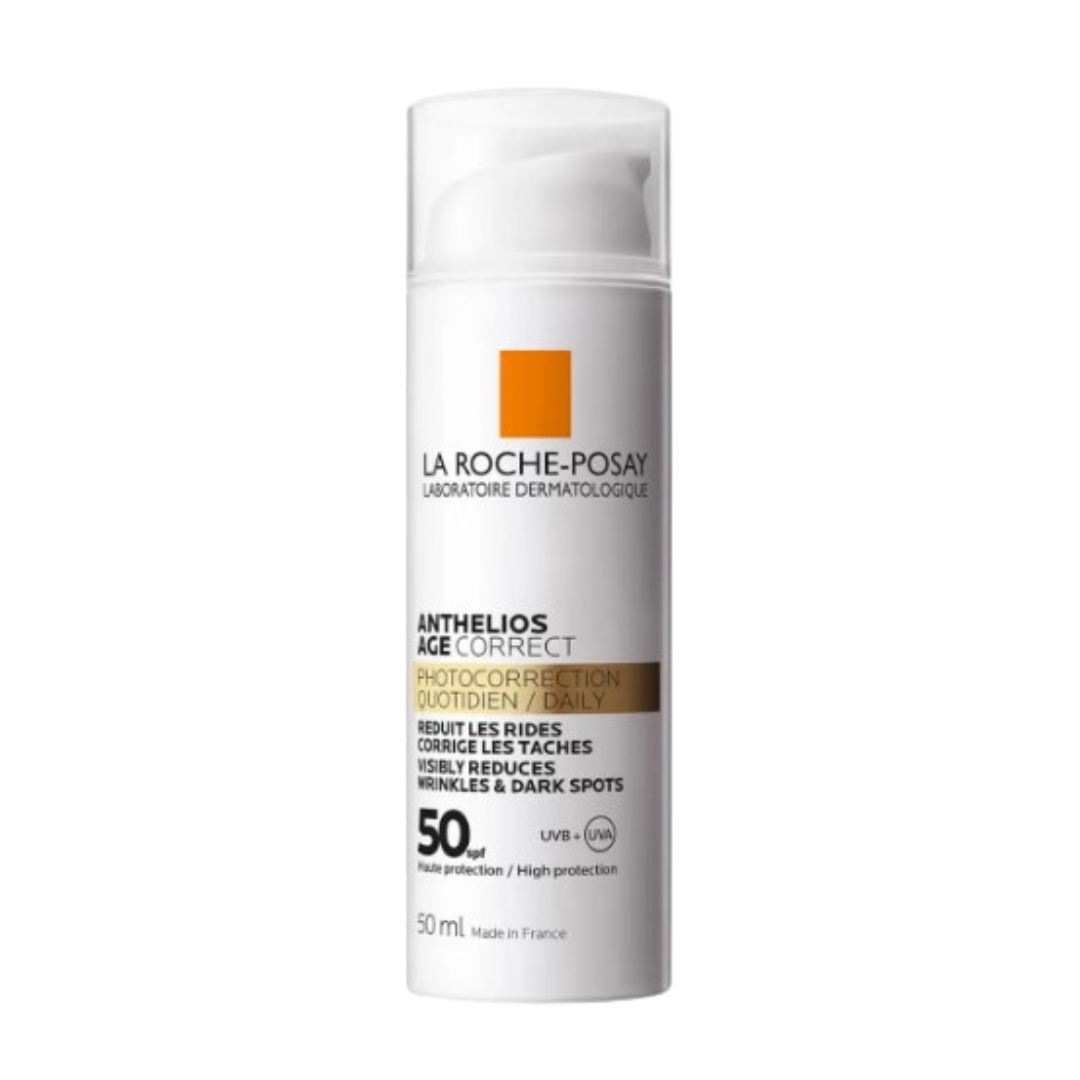
RRP: £33 for 50ml
Skip moisturiser and go straight for this creamy SPF 50+ that protects skin from UVA and UVB rays while hydrating skin with hyaluronic acid and tackling hyperpigmentation c/o niacinamide. Skin is left nourished, comfortable, and protected.
Emma Stoddart is a freelance beauty journalist and self-confessed skincare aficionado with over five years’ industry experience. Emma has worked for some of the UK’s top women’s titles including Net-A-Porter, Stylist and Grazia. Her experience spans online and print as well as producing editorial shoots with some of the industry’s biggest artists, including Val Garland. Asides from working with them behind the scenes, she’s also had the chance to interview the likes of Patrick Ta, Pat McGrath, and Sam McKnight for all their insider tips and tricks.

